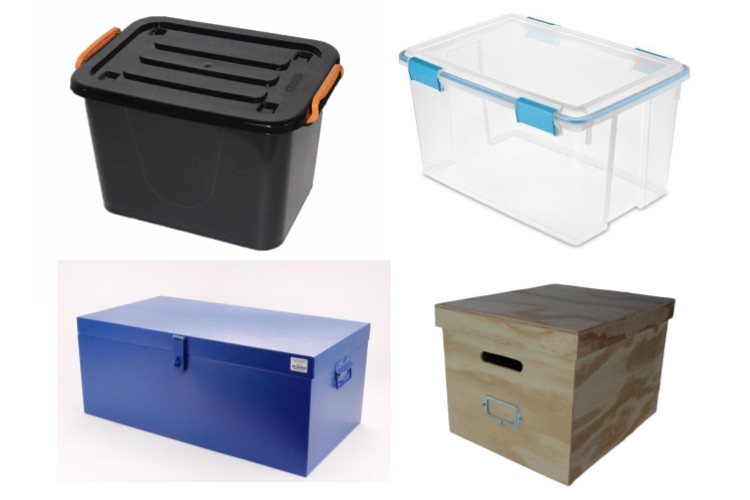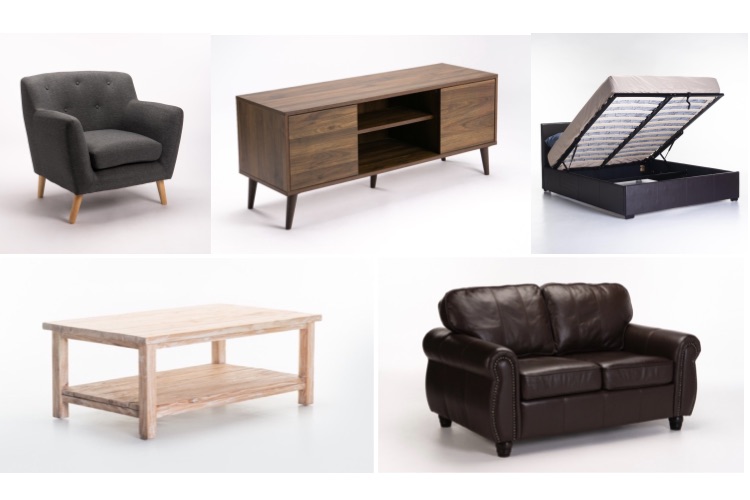How to become a minimalist
Minimalism is a lifestyle and mindset that focuses on living with less. It is about intentionally simplifying your life by removing unnecessary physical and mental clutter.
Rather than prioritising material possessions, minimalism encourages individuals to prioritise experiences, relationships, and personal growth.
At its core, minimalism is a conscious choice to live more intentionally and deliberately. It involves evaluating what truly brings value and joy into your life and eliminating everything else.
It’s not about deprivation or living with as little as possible, but about finding balance and contentment in a clutter-free environment.
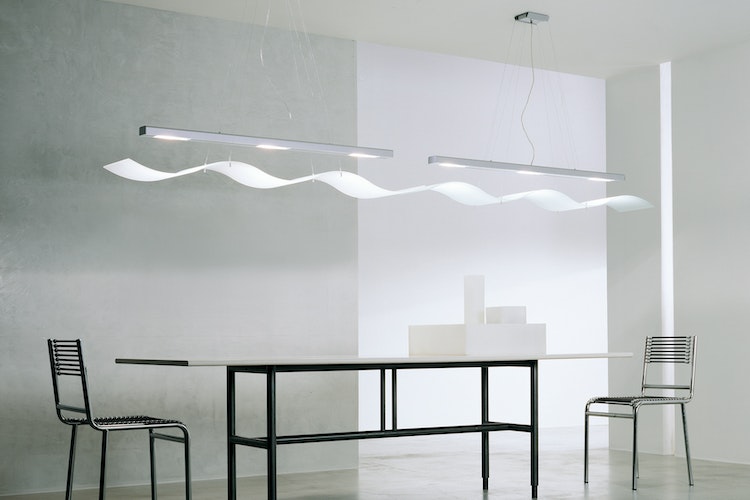
Benefits of embracing minimalism
Embracing minimalism offers a multitude of benefits that extend beyond just having a tidy space. By decluttering your life, you create a sense of calm and clarity.
You no longer feel overwhelmed by the constant influx of things and distractions. Instead, you have the freedom to focus on what truly matters to you.
Minimalism also helps to simplify decision-making. With fewer choices to make, you can allocate your time and energy toward more meaningful pursuits. This newfound mental space allows for increased creativity, productivity, and overall well-being.
Additionally, minimalism can have a positive impact on your finances. By being intentional with your purchases and reducing unnecessary spending, you can save money and work towards financial freedom.
Minimalism encourages a shift from a consumer mindset to one that values experiences and personal growth over material possessions.
The impact of minimalism on mental health
A cluttered physical space often reflects a cluttered mind. Minimalism recognises the connection between our external environment and our mental well-being.
When we declutter and simplify our physical surroundings, we create a peaceful and serene atmosphere that promotes mental clarity and reduces stress.
Living in a minimalist environment can also help alleviate the feelings of being overwhelmed or anxious. With fewer distractions and fewer things to manage, you can focus on the present moment and cultivate a sense of mindfulness.
Minimalism encourages intentional living and prioritising self-care. By eliminating the excess and focusing on what brings you joy, you can create a space that promotes relaxation and rejuvenation. This, in turn, can improve your overall mental health and well-being.
How to declutter your physical space
Decluttering your physical space is an essential step in embracing minimalism. It involves evaluating your belongings and letting go of things that no longer serve a purpose or bring you joy. Here are some practical steps to help you get started:
Set a clear intention
Define your goals and reasons for wanting to declutter. This will provide you with motivation and keep you focused throughout the process.
Start small
Begin with one area or category at a time, such as a closet or a bookshelf. Breaking the task into smaller, manageable chunks will prevent overwhelm.
Sort and categorise
Go through your belongings and separate them into categories such as keep, donate, or discard. Be honest with yourself and let go of items you no longer need or use.
Create designated spaces
Designate specific areas for each category of items. This will help you maintain an organised and clutter-free environment.
Practice the one in, one out rule
For every new item you bring into your space, remove an old one. This will prevent clutter from accumulating again in the future.
Remember, decluttering is an ongoing process. Regularly reevaluate your belongings and continue to let go of things that no longer align with your values or bring you joy.
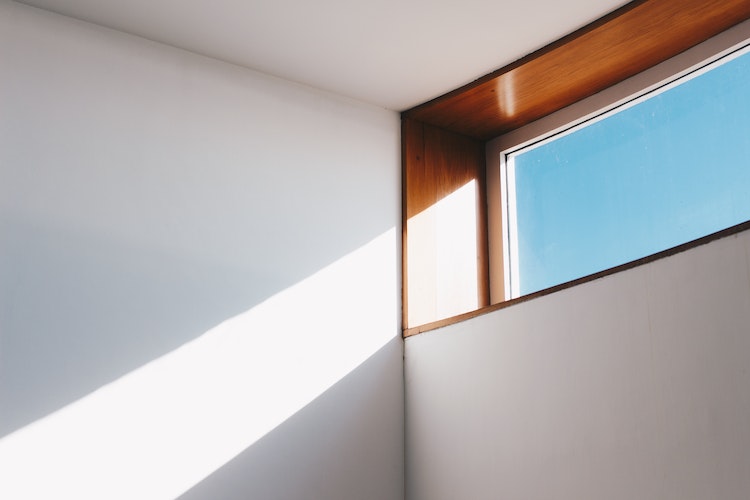
Simplifying your digital life
In today’s digital age, decluttering isn’t limited to just physical spaces. Our digital lives can become just as overwhelming and cluttered as our physical environments. Here are some steps to simplify your digital life:
Organize your digital files
Sort through your digital files and create a clear folder structure. Delete any unnecessary files and organise the remaining ones into easily accessible folders.
Unsubscribe and unfollow
Reduce digital clutter by unsubscribing from email newsletters and unfollowing social media accounts that no longer serve you. Only keep the ones that add value to your life.
Limit screen time
Set boundaries around your screen time and establish designated periods for digital detox. This will help you reclaim time for more meaningful activities and reduce digital overwhelm.
Streamline your apps
Delete apps that you rarely use and organise the remaining ones into folders on your device. Having a clutter-free home screen will reduce visual distractions and make it easier to find what you need.
Practice digital mindfulness
Be intentional with how you use technology. Avoid mindless scrolling and instead focus on using digital tools and platforms for specific purposes that align with your goals and values.
By simplifying your digital life, you can reduce distractions, improve productivity, and regain control over your time and attention.
Creating a minimalist wardrobe
A minimalist wardrobe is built on the principle of quality over quantity. It consists of a curated collection of versatile and timeless pieces that can be mixed and matched to create various outfits. Here are some steps to create a minimalist wardrobe:
- Assess your current wardrobe: Take stock of your current clothing items and evaluate what you truly love and wear regularly. Donate or sell the pieces that no longer fit or align with your style.
- Define your personal style: Identify your personal style and the colors, silhouettes, and fabrics that resonate with you. This will help guide your future purchases and ensure that everything in your wardrobe reflects your individual aesthetic.
- Invest in quality staples: Focus on acquiring high-quality, durable pieces that will last for years. Choose classic designs that won’t go out of style and that can be easily mixed and matched.
- Practice the one in, one out rule: Similar to decluttering your physical space, apply the one in, one out rule to your wardrobe. Whenever you purchase a new item, remove an old one to maintain a manageable wardrobe size.
- Build a capsule wardrobe: Consider creating a capsule wardrobe, which is a collection of essential items that can be mixed and matched to create a variety of outfits. This approach promotes versatility and eliminates decision fatigue when getting dressed.
By adopting a minimalist approach to your wardrobe, you can simplify your daily routine, reduce decision-making stress, and cultivate a personal style that truly represents you.
Minimalist meal planning and cooking
Minimalism extends to all aspects of life, including meal planning and cooking. By simplifying your approach to food, you can save time, reduce waste, and make healthier choices. Here are some tips for minimalist meal planning and cooking:
- Plan your meals in advance: Set aside a specific time each week to plan your meals. Consider batch cooking or preparing meals in advance to save time during busy weekdays.
- Stick to a grocery list: Create a grocery list based on your planned meals and stick to it. This will help you avoid impulse purchases and reduce food waste.
- Embrace simple recipes: Opt for recipes with a minimal number of ingredients and straightforward instructions. This will simplify your cooking process and reduce the time spent in the kitchen.
- Invest in multipurpose kitchen tools: Declutter your kitchen by investing in versatile kitchen tools that serve multiple purposes. This will save space and make your cooking experience more efficient.
- Practice mindful eating: Slow down and savor your meals. Practice mindful eating by paying attention to your body’s hunger and fullness cues. This will help you develop a healthier relationship with food and reduce mindless snacking.
By simplifying your meal planning and cooking, you can enjoy nutritious meals, save time, and reduce stress around food choices.
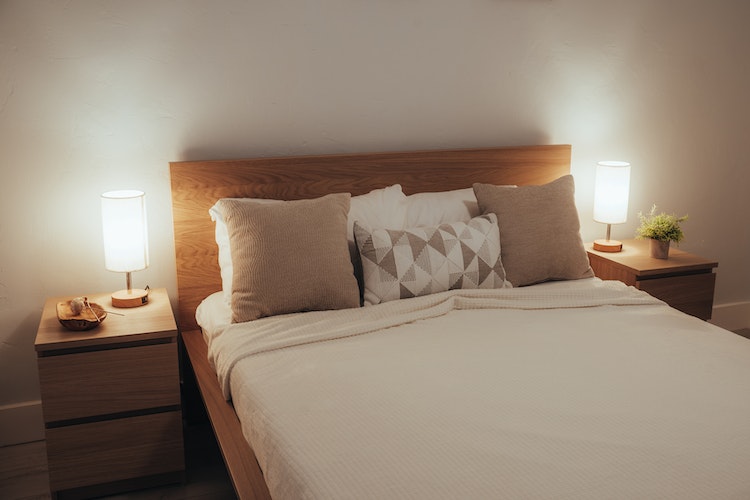
Incorporating minimalism into your daily routines
Minimalism goes beyond physical spaces and belongings; it can also be incorporated into your daily routines and habits. Here are some ways to embrace minimalism in your daily life:
- Streamline your morning routine: Simplify your morning routine by identifying the essential tasks and eliminating unnecessary steps. This will help you start your day with clarity and focus.
- Establish a digital detox routine: Set aside dedicated time each day to disconnect from technology and engage in activities that bring you joy and relaxation. This will allow you to recharge and be present in the moment.
- Practice mindfulness and meditation: Incorporate mindfulness and meditation into your daily routine. Set aside a few minutes each day to cultivate a sense of calm and clarity.
- Embrace single-tasking: Instead of multitasking, focus on one task at a time. This will help you be more present and efficient in your daily activities.
- Declutter your schedule: Evaluate your commitments and prioritise the activities that align with your values and bring you joy. Say no to unnecessary obligations and create space for more meaningful experiences.
By incorporating minimalism into your daily routines, you can cultivate a sense of mindfulness, simplify your day-to-day life, and create room for what truly matters.
Minimalist travel tips
Minimalism can also be applied to your travel experiences. By traveling with a minimalist mindset, you can reduce stress, save money, and fully immerse yourself in the destinations you visit. Here are some minimalist travel tips:
- Pack light: Opt for a carry-on suitcase and pack only the essentials. Choose versatile clothing items that can be mixed and matched and pack travel-sized toiletries to save space.
- Plan ahead: Research and plan your itinerary in advance to make the most of your time. Focus on a few key attractions or experiences rather than trying to see and do everything.
- Travel with experiences, not things: Instead of souvenirs, focus on collecting memories and experiences. Take photos, journal, and immerse yourself in the local culture to create lasting memories.
- Disconnect from technology: Use your travel experiences as an opportunity to disconnect from technology and be present in the moment. Limit your screen time and fully engage with your surroundings.
- Practice mindful travel: Be respectful of the local environment and culture. Travel sustainably, support local businesses, and leave a positive impact wherever you go.
By embracing minimalism while traveling, you can simplify your packing process, have more meaningful experiences, and create lasting memories.
Minimalism as a lifestyle choice
Minimalism is more than just a trend; it is a lifestyle choice that can have a profound impact on your overall well-being. By simplifying your life, you create space for what truly matters: experiences, relationships, personal growth, and self-care.
Embracing minimalism is a journey, not a destination. It requires consistent evaluation and intentional choices. As you continue to embrace minimalism, you will find that it permeates every aspect of your life, leading to greater contentment, clarity, and fulfillment.
In summary
Mastering minimalism is a transformative journey that simplifies your life and brings you closer to what truly matters. By decluttering your physical and digital spaces, simplifying your daily routines, and adopting a minimalist mindset, you can create a more intentional and fulfilling life.
Embrace the power of minimalism and experience the freedom and joy that comes with living with less. Start small, stay consistent, and enjoy the benefits of a simplified life.
Minimalism is not about perfection, but about progress and finding what resonates with you. So take the first step today and begin your journey toward mastering minimalism.

